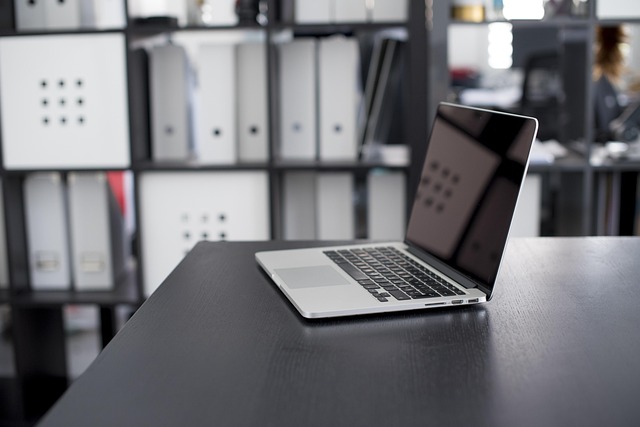Lighting strategies to boost focus during daytime and evening shifts
Practical lighting choices can help maintain concentration whether you work morning or night. This article outlines adaptable approaches for daytime and evening shifts, integrating ergonomics, screen management, and room setup to support comfort, reduce fatigue, and improve task focus.

Effective lighting plays a central role in how well you concentrate across different shifts. Daytime and evening demands vary: natural light drives alertness during the day, while controlled artificial lighting helps sustain focus at night. This article examines how to plan lighting alongside ergonomics, screens, and acoustic considerations, and offers actionable setup and routine tips to support sustained productivity and comfort in a home workspace.
How does lighting influence productivity?
Lighting affects circadian rhythms, visual clarity, and perceived energy. High-quality, well-directed light reduces squinting and eye strain, enabling longer, more focused sessions at the desk. For daytime work, higher correlated color temperatures (cooler, bluer light) can enhance alertness; for tasks requiring precision, consistent task lighting eliminates shadows and improves contrast. Combine overall ambient lighting with localized task lights to ensure surfaces and screens are evenly lit. Proper balance reduces microbreaks caused by discomfort and helps maintain steady productivity throughout a shift.
How to use lighting with ergonomics and posture?
Lighting and ergonomics intersect where visibility affects posture. Poorly placed lights force awkward head and body positions to avoid glare or see details, increasing neck and shoulder strain. Position task lamps to the side opposite your dominant hand to limit shadows, and adjust height so light falls across the work surface without reflecting into screens. Complement lighting choices with an ergonomic chair and monitor alignment: when lighting supports comfortable posture, you reduce physical distractions and can sustain longer, focused work periods with less fatigue.
Daytime lighting: setup for screens and comfort
During daytime shifts, prioritize natural light while managing glare. Arrange your desk perpendicular to windows to benefit from daylight without direct screen reflections. Use adjustable blinds or sheer curtains to diffuse sunlight on bright days. For supplemental artificial light, choose fixtures with high color rendering index (CRI) and a color temperature in the 4000–6500K range for alertness. Pair ambient overhead light with a dimmable desk lamp so you can fine-tune luminance based on cloud cover and task demands, preserving comfort and consistent screen visibility.
Evening lighting: routines, scheduling, and mobility
Evening shifts require softer, warmer lighting to reduce circadian disruption while maintaining focus. Use warmer color temperatures (2700–3500K) and layered lighting—ambient plus focused task light—to provide clarity without excessive blue light. Establish a lighting routine that reduces intensity gradually if you work late, and schedule short visual breaks to rest eyes and change posture. Incorporate portable, adjustable lamps if you move between rooms; mobility-friendly lighting helps you maintain consistent illumination when switching tasks or locations during an evening shift.
How lighting works with acoustics and privacy
Lighting choices influence spatial layout, which in turn affects acoustics and privacy. Brightly lit, open setups can invite visual distractions; zoning light can create perceived boundaries that improve focus and privacy. Use directional task lights and lower ambient levels to create a personal work zone, and combine that with soft furnishings or acoustic panels to reduce reverberation. Strategic lighting that defines a workspace helps reduce interruptions and supports private conversations or focused concentration when acoustics and confidentiality matter.
Organization, storage, and cable management for lighting
A tidy setup helps lighting perform better: cluttered surfaces create uneven shadows and make targeted illumination less effective. Use integrated storage and vertical shelving to keep work surfaces clear, and route cables away from light sources to avoid tripping hazards and accidental lamp movement. Mount or clamp lamps to desk edges when possible to free surface space, and choose fixtures with adjustable arms to adapt beam direction as tasks change. Good organization enhances both visual consistency and overall comfort in the workspace.
This article is for informational purposes only and should not be considered medical advice. Please consult a qualified healthcare professional for personalized guidance and treatment.
Careful lighting choices—matched to daytime or evening needs, ergonomically aligned, and coordinated with screens, acoustics, and organization—create an environment that supports sustained focus. Small changes like dimmable lamps, directional task lighting, and routine adjustments can make a measurable difference to comfort and productivity across shifts.





